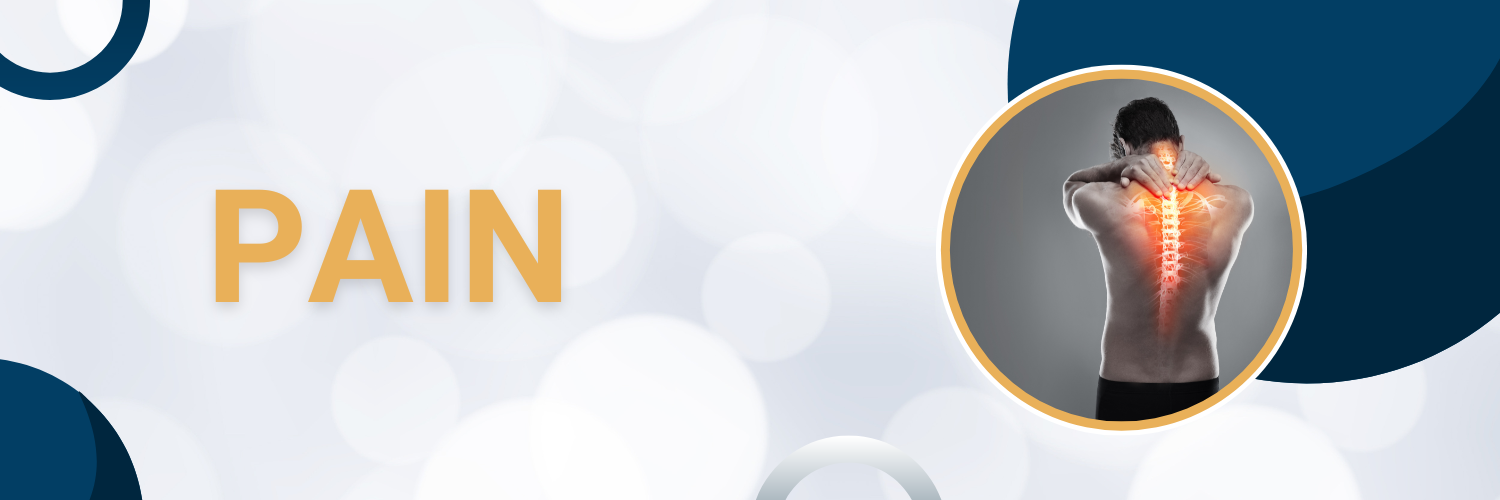

Neck and Back Pain
Understanding Neck and Back Pain: Causes, Symptoms, and Treatment
Introduction:
Neck and back pain are common complaints that affect millions of people worldwide. Whether it’s a dull ache or sharp discomfort, these issues can significantly impact daily life, work productivity, and overall well-being. Understanding the causes, symptoms, and treatment options for neck and back pain is crucial for effective management and prevention.
Causes of Neck and Back Pain:
1. Poor Posture: Prolonged periods of sitting or standing with improper posture can strain the muscles and ligaments in the neck and back.
2. Muscle Strain: Overexertion, lifting heavy objects incorrectly, or sudden movements can lead to muscle strains in the neck and back.
3. Injury: Accidents, falls, or sports-related injuries can cause trauma to the spine, resulting in neck and back pain.
4. Degenerative Conditions: Conditions such as osteoarthritis, spinal stenosis, and degenerative disc disease can cause chronic neck and back pain as the spine’s structures deteriorate over time.
5. Herniated Discs: When the soft inner material of a spinal disc protrudes through the tough outer layer, it can compress nearby nerves, leading to pain and discomfort.
6. Poor Ergonomics: Improperly designed workstations or sleeping positions can contribute to neck and back pain over time.
Symptoms of Neck and Back Pain:
1. Stiffness or Reduced Range of Motion
2. Muscle Spasms
3. Radiating Pain into the Arms or Legs
4. Numbness or Tingling Sensations
5. Weakness in the Arms or Legs
6. Headaches, Especially at the Base of the Skull
Treatment Options for Neck and Back Pain:
1. Pain Management: Over-the-counter pain relievers such as ibuprofen or acetaminophen can help alleviate mild to moderate neck and back pain.
2. Physical Therapy: Targeted exercises and stretches can strengthen the muscles supporting the spine and improve flexibility.
3. Heat and Cold Therapy: Applying heat packs or ice packs to the affected area can reduce inflammation and provide temporary relief.
4. Massage Therapy: Massage can help relax tight muscles and improve blood flow to the affected area, promoting healing.
5. Epidural Steroid Injections: In cases of severe pain, injections of corticosteroids directly into the affected area can provide temporary relief by reducing inflammation.
6. Surgery: In rare cases where conservative treatments fail to provide relief, surgical intervention may be necessary to address underlying structural issues.
Prevention of Neck and Back Pain:
1. Maintain Good Posture: Practice proper ergonomics when sitting, standing, and lifting objects to reduce strain on the neck and back.
2. Stay Active: Regular exercise, including strengthening and stretching routines, can help maintain spinal health and prevent muscle imbalances.
3. Use Proper Lifting Techniques: Bend at the knees and keep the back straight when lifting heavy objects to avoid straining the muscles and ligaments.
4. Take Breaks: Avoid prolonged periods of sitting or standing in one position by taking regular breaks to stretch and move around.
5. Invest in Ergonomic Equipment: Use supportive chairs, pillows, and mattresses designed to promote spinal alignment and reduce pressure points.
6. Maintain a Healthy Weight: Excess weight can strain the spine and exacerbate neck and back pain, so maintaining a healthy weight through diet and exercise is essential.
Conclusion:
Neck and back pain can significantly impact quality of life, but with proper understanding and management, many people can find relief and prevent future episodes. By addressing underlying causes, practicing good posture, staying active, and seeking appropriate treatment when needed, individuals can minimize the impact of neck and back pain on their daily lives. If you’re experiencing persistent or severe neck and back pain, consult with a healthcare professional for a comprehensive evaluation and personalized treatment plan.

